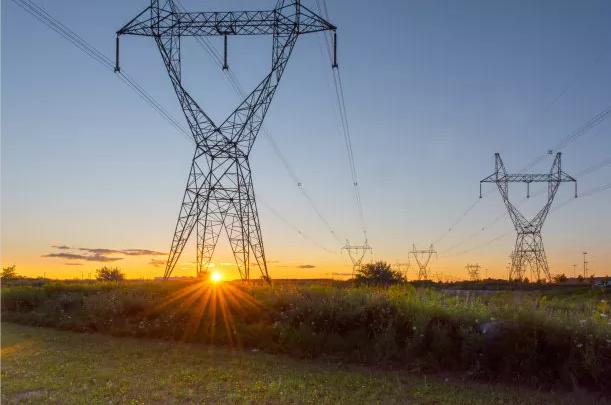The safety regulation we need to know about Angle Steel Tower
2025-05-23
The safety regulations surrounding Angle Steel Towers—commonly used in power transmission, communication, and broadcasting—are critical due to their height, exposure to weather, and structural importance. These regulations typically address design, fabrication, erection, inspection, and maintenance. Here's an overview of key safety regulations and standards you should be aware of:
1. Design Standards
IEC 60652 / ANSI/TIA-222 / ASCE 10: International and national standards covering design loads (wind, ice, seismic), material specifications, and structural integrity.
Factor of Safety (FoS): Typically ranges from 1.5 to 2.5 depending on application and location-specific hazards.
Load Considerations:
Dead loads (self-weight)
Live loads (maintenance personnel, equipment)
Environmental loads (wind, seismic, ice)
2. Material and Fabrication Requirements
Steel Quality: Must conform to standards such as ASTM A36, A572, or equivalent with corrosion resistance (e.g., galvanization per ASTM A123).
Welding and Bolting:
Welds must meet AWS D1.1 standards.
High-strength bolts used should comply with ASTM A325 or A490.
3. Erection and Installation Safety
OSHA Regulations (U.S.): Follow guidelines from 29 CFR 1926 Subpart R (Steel Erection).
Fall Protection: Required for heights above 6 feet (1.8 meters); personal fall arrest systems must be used.
Crane and Rigging Safety: Only certified personnel should handle lifting and placement.
Grounding and Electrical Safety: Especially important for transmission towers.
4. Inspection and Maintenance
Routine Inspection: Typically annual, including checks for:
Corrosion
Bolt tightness
Foundation stability
Deformations or cracks
Non-destructive Testing (NDT): For welds and critical joints.
Record Keeping: Maintenance logs and inspection reports must be kept.

5. Environmental and Site Safety
Lightning Protection: Install lightning rods and grounding.
Foundation Safety: Must consider soil type and drainage.
Site Access Control: Prevent unauthorized access with fencing and signage.
6. Emergency and Rescue Plans
Required for workers operating at heights.
Must include:
First aid kits
Trained personnel
Clear evacuation and rescue protocols